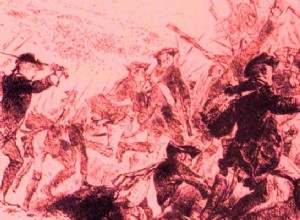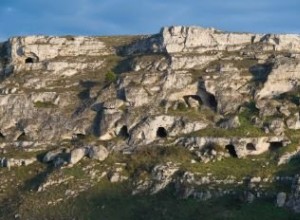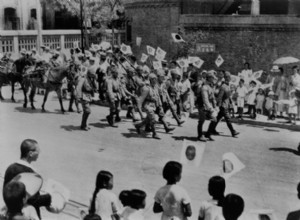During the Seven Years War Frederick the Great of Prussia allowed the formation of free corps (Freikorps) which could fight as light infantry and line infantry. These divisions were made up of volunteers, deserters and every available man. Consequently their quality varied dramatically. But the Somm




